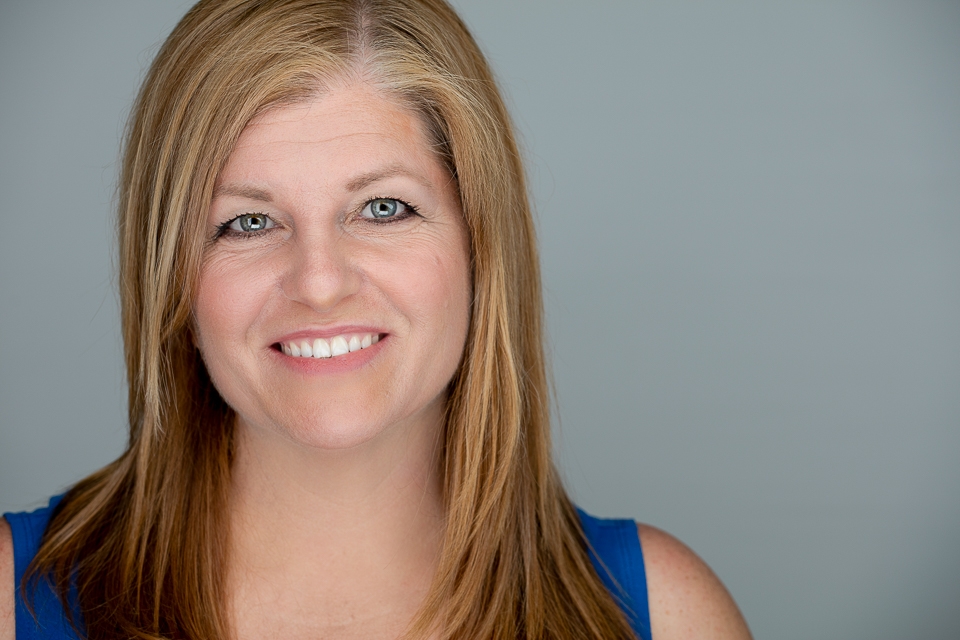Have you ever considered how your reception seating can affect your photographs and your photographer’s ability to photograph your guests?
Before we even begin to discuss seating arrangements, you should know how many guests you will want or need to accommodate at your wedding and reception. So before you start venue shopping, have that number in mind.
[Tweet “Tips for Table Shots”]
You should already know that it is recommended to:
- Make seating charts for guests of 50 or more
- Start making your seating charts early
- Group people who know each other together
- Create charts that are easy to read
- Don’t put all the single people awkwardly at the same table
- Seat the older people further from the band, younger people (more likely to dance) closer to the band/DJ
- Consider seating all the children together at one table, etc.

But let me tell you what you may not know. I want to let you in on some tips that can help you to make your images better, or at the very least, make it easier for your photographer to get more/better images of your guests.
Why do your tables and seating arrangements even matter? Because not everyone makes it out to the dance floor. You want a pretty complete and accurate photographic record of the guests who attended your reception, right? Then, it’s your job to create the best possible scenario in which your photographer can capture those guests. You want to set your photographer up for success!
Tips for Table Shots
To get these shots, your photographer has to visit each table, introduce themselves, usually make small talk, sometimes answer a few questions about camera gear, and then ask the guests for permission to take a picture. Photographers like to make quick work of this and typically will try to capture each table in one or two snaps. To help them achieve this task, make sure you:
- Leave enough room on every side of the tables to move around/leave the tables (your guests will appreciate this too)
- Don’t put more tables in your floor plan than your venue recommends; resist the temptation to squeeze tables together
- Don’t place tables against a wall
- Smaller-sized tables are easier to photograph than larger tables (i.e., 8’ round tables are better for table shots that 20’ rectangular/farm tables)
- Consider how your centerpieces may affect your table shots; either place them lower to the level of the table or higher above people’s faces (this will also make it easier to your guests to converse across the table)
- Table shots are best captured before guests are served while they are still clean
- Be sure there is an allowance in the timeline to capture these table shots
- If the guests are served a plated meal, the photographer can work the tables just ahead of the servers
- If the guests are treated to a buffet, consider releasing the tables to the buffet line in some orderly fashion so the photographer can work the tables just ahead of this same schedule
- Ideally, the table shots should happen before cake cutting; cake cutting is traditionally the silent cue that it is okay/polite to leave the reception
- While most guests are cooperative when asked to take a shot for the newlyweds, some are extremely camera shy or reluctant and refuse; set up this expectation in your paper suite (or wedding day signage) by letting your guests know that your photographer will be taking table shots during the reception
- Some couples prefer to visit each of the tables while the table shots are being taken; this also encourages the guests to be more cooperative

Pro Tip: When it comes to the shapes of tables most commonly used at receptions, you have four basic options: round, rectangle, oval and square. Generally, more people can be seated when using rectangular-shaped tables and it’s easier to talk across them. However, round tables are more traditional, give your guests more leg room, and are my personal favorite to photograph the table shots.
Are you curious about how to make a seating chart? There are a few online tools that can be used. Websites like AllSeated, WeddingWire, and WeddingMapper really take all the hard work out and make is so simple. These sites have the ability to drag and drop, customize pre-made templates, and even to try different table options. AllSeated even has a vast library of actual floor plans from venues. I logged in and created two very bad seating examples to give you an idea. Caveat: I am a photographer, not a planner or stylist.
Here’s an example from Park 31 in Spring Branch.

In addition to the tables and chairs, you can also add bars, sofas, love seats, corner chairs, banquets, etc. AllSeated gives you a really good idea of how your floor plan will flow and what you will have comfortable room for.
Here’s an example from Firefly Farm in Wimberley.

The most important thing to remember is, if there is no room for your photographer to maneuver between tables to get table shots, you can probably forget about them.
The post, Tips for Table Shots, first appeared on Ata-Girl Photography Co.’s website and blog. Please feel free to comment here, or share this post with your friends via Facebook, Twitter or Pinterest. Please email me if you have any questions about this article or want to share a neat idea for a future blog post with me.



